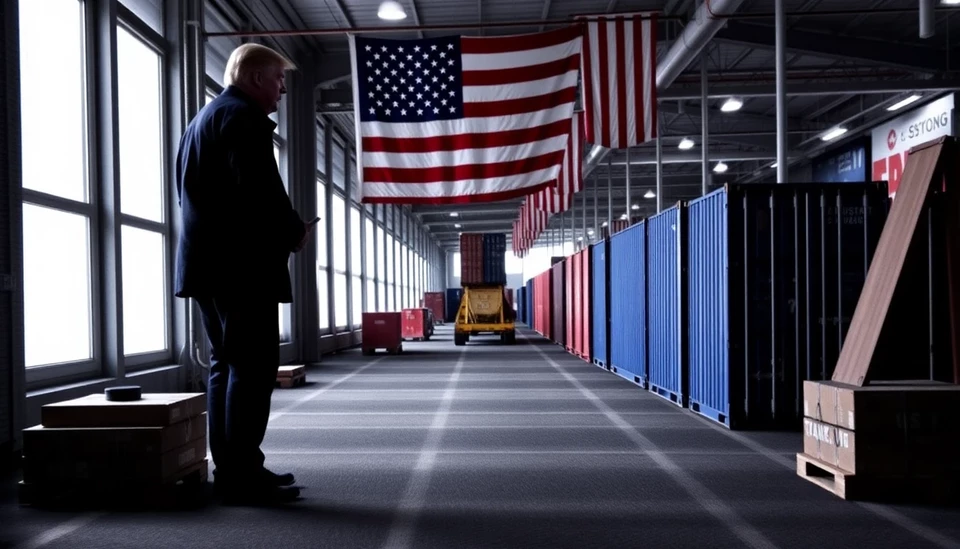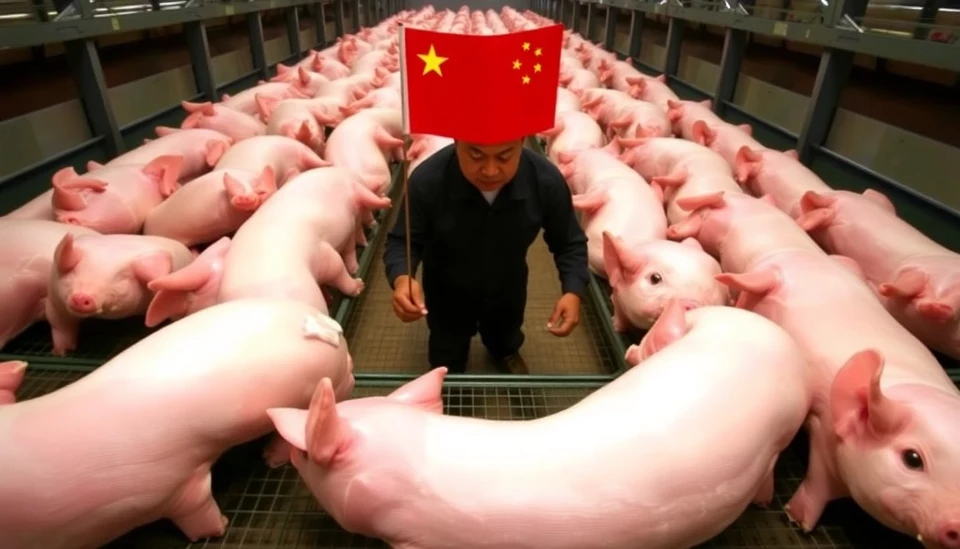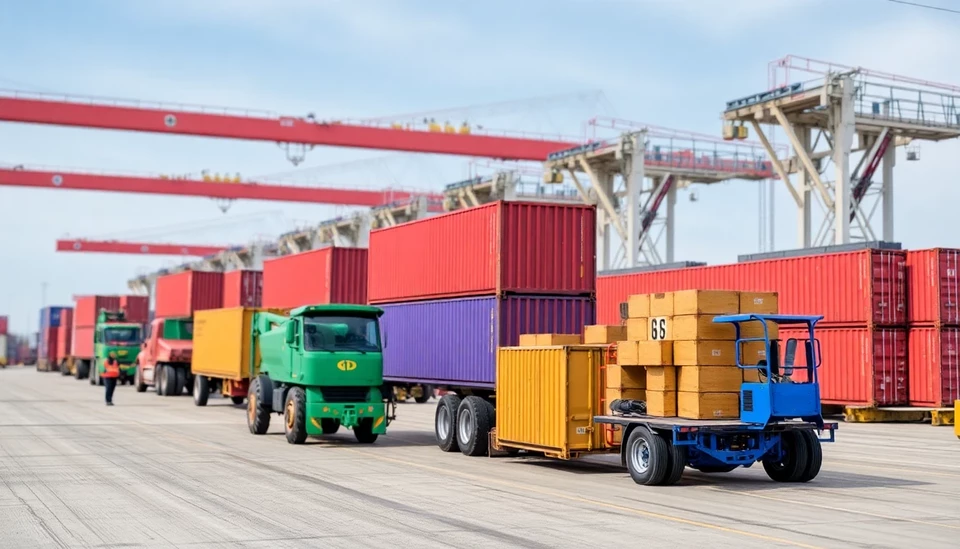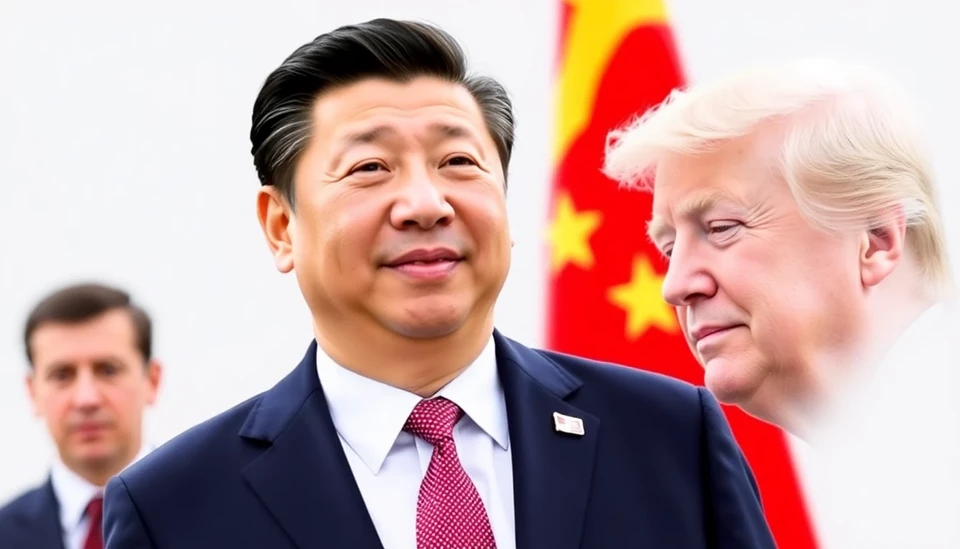
In a significant shift in U.S. trade policy, former President Donald Trump's newly instated $10 baseline tariff on a majority of imports took effect recently, potentially altering the landscape of American commerce. This move has reignited debates over trade practices and protectionism amidst a complex global economic environment.
The implementation of this tariff is expected to affect a wide array of products flooding U.S. markets, impacting consumers and businesses alike. Agricultural goods, electronics, and apparel are among the sectors that may see price increases as businesses adjust to the new cost structures imposed by the tariff.
Supporters of the policy argue that it aims to bolster American manufacturing by making foreign goods more expensive, thereby encouraging consumers to buy homegrown products. They highlight that such measures are essential for protecting jobs within the United States amid concerns over jobs being outsourced to countries with cheaper labor.
However, critics of the tariff voice strong concerns about the potential for inflationary pressure on American households. They caution that increased costs in everyday items could disproportionately impact low- and middle-income families, who already face financial strain from rising living costs. These opponents suggest that rather than fostering domestic industry, the tariffs could send shockwaves through the economy, stifling growth and leading to retaliatory measures from trading partners.
Market analysts are closely monitoring the reaction from American consumers and global trading partners. E-commerce giants and import-focused businesses have expressed their distress, prepping for price adjustments that could alter their competitive edge in the marketplace. Some companies may even consider relocating sourcing options or passing increased costs onto consumers, fundamentally changing purchasing behaviors.
The timing of this tariff's implementation coincides with ongoing concerns about supply chain disruptions stemming from geopolitical tensions, including the strained relations with several key trading partners. Economists warn that this could exacerbate these issues, complicating the landscape for international trade even further.
As the dust begins to settle on this new tariff regime, experts remain divided on its long-term impacts. Many are calling for a reevaluation of U.S. trade policies and strategies to effectively balance the interests of domestic production with the realities of a global economy. The next few months will likely be critical in determining the consequences of this bold economic maneuver.
Ultimately, whether the new baseline tariff will successfully insulate American industries or create new challenges is yet to be seen. Stakeholders across various sectors will be keenly observing how this policy unfolds in practice, as the nation navigates an increasingly complex trade environment.
As citizens and businesses brace for potential changes in their financial landscapes, only time will tell if this strategy pays off or leads to unintended consequences for the economy as a whole.
#Tariffs #TradePolicy #TrumpTariff #USImports #Economy #Inflation #Manufacturing #GlobalTrade
Author: Daniel Foster




